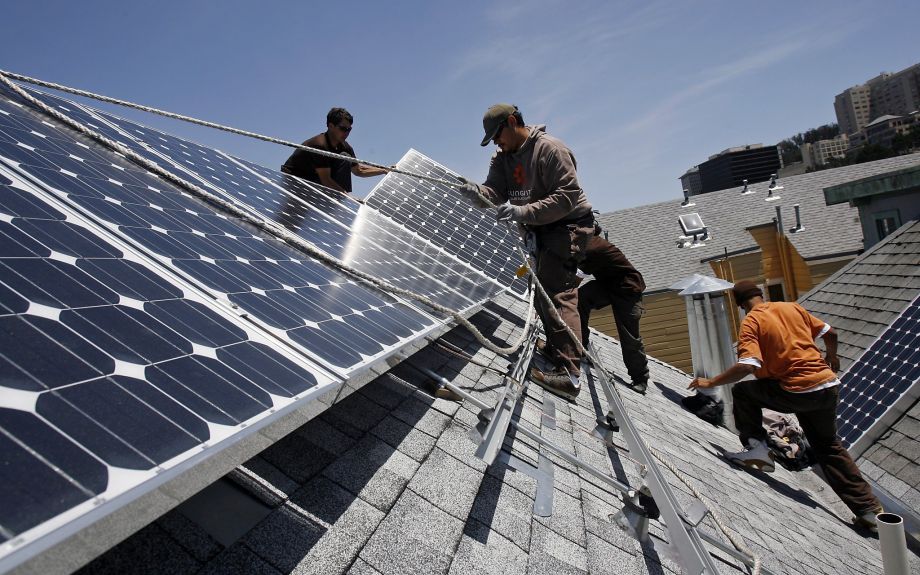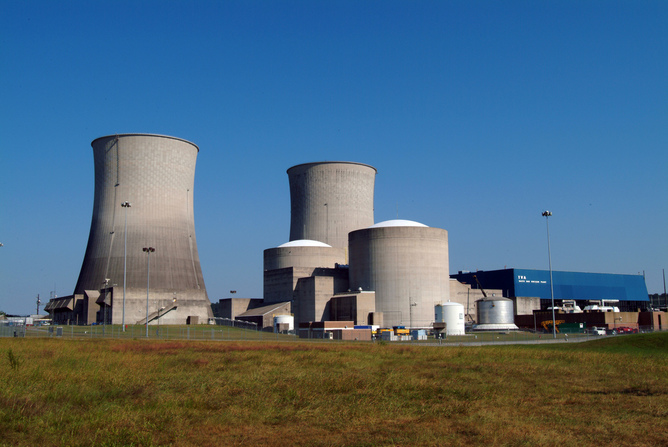New data could shed light on a decades old gap in understanding quantum mechanics – but how?
There is no shame in struggling to conceptualize quantum mechanics, considering some of the best minds on the planet struggle as well. In fact, the field of study has been confusing for even the most forward-thinking, capable scientists. The new piece of data can be gleaned from a complicated but relatively easy to grasp experiment, published March second, 2015, entitled Simultaneous observation of the quantization and the interference pattern of a plasmonic near-field.
This new event was possible through a collaboration of the Laboratory for Ultrafast Microscopy and Electron Scattering of EPFL, the Department of Physics of Trinity College (US) and the Physical and Life Sciences Directorate of the Lawrence Livermore National Laboratory. The image was rendered by EPFL’s ultrafast energy-filtered transmission electron microscope. There are currently only 2 such microscopes in the world.
Before now, traditional understanding of quantum mechanics has not been able to explain why some subatomic features can behave as a simultaneous particle or a wave. The often-referenced experiments demonstrating the effect of observation always left me asking why you can’t try both at the same time. No experiment was able to capture both states of light simultaneously. Science has only been able to record evidence of a light as waves or particles; this new photograph captures an image of both from the exact same moment in time. Finally, an novel experiment was devised, developed and executed, simultaneous observation.
Traditional particle/wave observation works like this: ultraviolet light hits a metal surface causing the metal to emit electrons in a predictable, observable time-frame. Until Albert Einstein wrote about what he called the photoelectric effect, light was thought to be a wave. Once the logic is understood this photoelectric effect is hard proof of light behaving as a particle, able to knock into other particles.
Researcher Fabrizio Carbone lead his team at EPFL as they performed a modified version of : using electrons to image light. The researchers have captured, for the first time ever, a single snapshot of light behaving simultaneously as both a wave and a stream of particles particle.
Carbone’s team was able to use nanotechnology to exploit the wave aspect of light to create a standing wave. They used a laser to direct a short pulse of light at a nano-thin metal wire. The light travels along the wire’s surface to create a standing wave on the other side. By running electricity through the wire and measuring the speed of that electron flow they were able to create an image of the wave aspect of the light during the pulse. The same electron-flow that was used to create the image of the wave traveled so close to the standing light-wave it actually had a measurable exchange of energy, as only a particle can do.
Fabrizio Carbone explains the significance: “This experiment demonstrates that, for the first time ever, we can film quantum mechanics – and its paradoxical nature – directly.”
I wonder what this new way of observing the same exact quantity of light in both states will mean in the developing applications which involve quantum theory. Carbone gives a great example, “Being able to image and control quantum phenomena at the nanometer scale like this opens up a new route towards quantum computing.”
|
Jonathan Howard
Jonathan is a freelance writer living in Brooklyn, NY |








